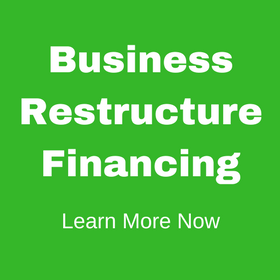
Pros and Cons of Urban Infill Projects
Infill development is rising in popularity for three main reasons:
- Being close to attractions and amenities is desirable to both homeowners and office or retail tenants.
- It is more economical for cities to utilize existing infrastructure rather than extending it further out.
- In the case of cities like St .Pete, the area is 100% developed and there simply isn’t anywhere else to build.
Successful urban infill projects, like the aforementioned Urban 360, are ones where all stakeholders (the community, the city and the builder) work in unison. Infill development and redevelopment is a shared responsibility between the developer and the municipality, making it on one hand more challenging and somewhat restrictive but on the other hand more likely to be successful and supported by the community in which it’s occurring.
Challenges of urban infill projects:
- Size
- Less desirable locations
- Restraints due to the natural landscape
- Contamination
The owners and contractors spearheading urban infill projects should be aware that the city will thwart anything that could negatively affect adjacent properties or the community as a whole. The city has control over the size, scale, use and other aspects of the project. However, because it is advantageous for municipalities to encourage this type of development, they also are active in helping developers interested in urban infill projects find properties and funding opportunities.
Financing Urban Infill Projects

Related topic: Commercial Construction Financing
When it comes to creating an infill development financing package, there are myriad options to consider. First and foremost, there may be financial incentives or public financing options available through the municipality. After all, is on the city itself to entice commercial real estate developers to buy and develop infill properties, so municipalities may be willing to do several things that aid in the financing of an urban infill project. These include:
- Fill near-term financing gaps via public funds.
- Take on the clean-up of a contaminated site.
- Improve the surrounding area, i.e. its parks and streetscapes.
Tax Increment Financing (TIF) may also be an option, depending on the state of the community where infill development is to take place. Through TIF, urban infill projects can be financed with the increased tax revenue of the area once it is redeveloped. This program reduces the upfront cost to both the developer and local government. However, establishing an area as a TIF district isn’t easy. Federal and state government programs also offer funding for infill development, but they are complex and competitive, so timeliness and persistence is needed to receive funding over other applicants.
Lastly, the public’s perception of an area plays a big role in the ability to acquire financing – infill development definitely is not a “build it and they will come” scenario. Community outreach and public involvement to engage residents in decision making is key for a successful urban infill project.
Benefits of Infill Development and Redevelopment
Successful infill development projects – i.e. the housing and mixed-use space in The Heights, a neighborhood that is a part of Tampa’s urban core – can completely revitalize a community. As a local financial firm that is invested in the success of our community, we are excited to see so many urban infill projects throughout the Tampa Bay area! In addition to the above reasons that this type of commercial real estate project is so popular right now, the benefits of infill projects include:
- Eyesores and hazardous properties are removed and replaced with something that useful to the community.
- Population density can be achieved or sustained, which results in an increase of other municipal amenities that further increase the desirability of the community.
- They bring greater economic stability to the community.
Links Financial has more than 35 years of experience in commercial real estate development including urban infill projects. With connections in our industry, community and municipality, we can help you navigate and acquire infill development financing. Contact us today to learn more.





